“The holy name of Krishna is the spiritually blissful giver of all benedictions, for it is Krishna Himself, the reservoir of pleasure. Krishna’s name is complete in itself and is the essential form of all spiritual relationships. It is not a material name under any condition, and it is no less powerful than Krishna Himself. This name is not tinged by any aspect of material nature, because it is identical with Krishna.” (Padma Purana 3.21)
And, finally, Krishna says,
I dwell not in the spiritual kingdom,
nor in the hearts of yogis;
Where my devotees are chanting,
there, O Narada, stand I!
Because chanting the name of God is so much emphasized in Vaishnava texts, practitioners focus on chanting as a central devotional practice. Thus, deep meditation and great emotion accompany japa (the soft chanting), kirtan (the loud chanting), and sankirtan (the congregational chanting). When perfected, the chanting leads to awareness of God’s absolute nature, i.e., that there is no difference between the nami (“the named one”) and nama (“the name”). Elucidation on the absolute nature of Krishna and His name is the heart of Vaishnava mysticism, leading to love of God.
Norvin Hein, Professor Emeritus at Yale University, has witnessed enthusiastic Vaishnava kirtan, and in writing about it, captures its most emotional components:
In the singing of verses like these, each line, separately, is incanted by the leader first, and the whole assembly repeats each line after him, one by one. As the verse is gone through again and again, the leader steps up the tempo. When the speed of utterance approaches the utmost possible, the whole group, in unison, begins to shout the lines, at the same time beating out the rhythm with sharply-timed clapping of hands. The singers begin to sway and let themselves go in ungoverned gestures. Faces flush. From the line of instrumental accompanists the bell-like peal of small brass cymbals swells up with the rising shouting and pierces through it. The whole process approaches a crashing, breath-taking crescendo. The point of explosion is reached: eyes flash, mouths drop open, a tremor runs through the entire assembly. The Power, the Presence, has been felt!
Chanting the “Hare Krishna” Maha-mantra
The Hare Krishna maha-mantra, or “the great chant for deliverance,” is considered by scripture to be the most powerful of incantations, for it includes the potency of all other mantras.
The maha-mantra can be expressed in two distinct ways. The most significant and well-known version is: Hare Krishna, Hare Krishna, Krishna Krishna, Hare Hare/ Hare Rama, Hare Rama, Rama Rama, Hare Hare. The medieval Chaitanya-charitamrita (Madhya 25.64), a seminal text for the Hare Krishna movement, provides another version: haraye nama krishna yadavaya namaha/ gopal govinda ram shri madhusudana — “I offer my respectful obeisances unto the Supreme Personality of Godhead, Krishna. He is the descendant of the Yadu dynasty. Let me offer my respectful obeisances unto Gopala, Govinda, Rama, and Shri Madhusudana, for these are all names of the same Supreme Lord.”
However, it is the chanting of “Hare Krishna, Hare Krishna, Krishna Krishna, Hare Hare/ Hare Rama, Hare Rama, Rama Rama, Hare Hare” that the Vedic literature particularly recommends for the current age. Statements to this effect can be found in the Brahmanda Purana (Uttara-khanda 6.55), the Kalisantarana Upanishad, and in many other Vedic and post-Vedic texts.
Breaking down this sacred mantra into its component parts,
the word “Hare” refers to Lord Hari — a name for Krishna that indicates His ability to remove obstacles from His devotees’ path. In a more esoteric sense, the word “Hare” is a vocative form of “Hara,” which refers to Mother Hara, or Shrimati Radharani, the divine feminine energy — Lord Krishna’s eternal consort and transcendental counterpart.
“Krishna” means “the all-attractive one,” referring to God in His original form. Etymologically, the word krish indicates the attractive feature of the Lord’s existence, and na means spiritual pleasure. When the verb krish is added to the affix na, it becomes krishna, which means “the absolute person, who gives spiritual pleasure through His all-attractive qualities.” According to Sanskrit semantic derivation (nirukti), it is also understood that na refers to the Lord’s ability to stop the repetition of birth and death. And krish is a synonym for sattartha or “existential totality.” Another way of understanding the word krishna, then, is “that Lord who embodies all of existence and who can help the living entities overcome the repeated suffering of birth and death.”
“Rama” refers to both Balarama (Krishna’s elder brother) and Lord Ramachandra, a prominent incarnation of the Lord, discussed at length in the epic known as the Ramayana. It is also said, however, that “Rama” refers to Radha Ramana Rama, which is another name for Krishna, meaning “one who brings pleasure to Shrimati Radharani.” Thus the maha-mantra, composed solely of the Lord’s most confidential names, embodies the essence of the divine. As a prayer, the mantra is translated in the following way: “O Lord, O divine energy of the Lord! Please engage me in Your service.” The selflessness of this mantra — asking to serve God rather than asking God to do something for us — situates it in a unique category, even among the best of prayers and the most powerful of incantations. But in its pure form, it can only be heard by the pure devotee — in his “inner ear,” which is in his heart of hearts.
Notes 1. Katharine Le Mee,Chant (New York: Bell Tower Publishing, 1994), pp. 28-29.2. Norvin Hein, “Caitanya’s Ecstasies and the Theology of the Name,” in Hinduism: New Essays in the History of Religions (Leiden: E.J. Brill, 1976), pp. 22-23.
Bio: Steven J. Rosen (Satyaraja Dasa) is an initiated disciple of His Divine Grace A. C. Bhaktivedanta Swami Prabhupada. He is also founding editor of the Journal of Vaishnava Studies and associate editor for Back to Godhead. He has published twenty-one books in numerous languages, including the recent Essential Hinduism (Rowman & Littlefield, 2008) and the Yoga of Kirtan: Conversations on the Sacred Art of Chanting (FOLK Books, 2008)
 Quick ViewAdd to cart
Quick ViewAdd to cart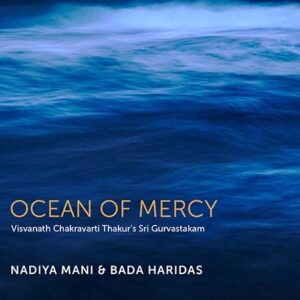 Quick ViewAdd to cart
Quick ViewAdd to cart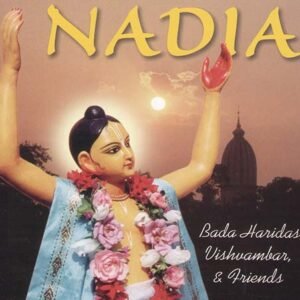 Quick ViewAdd to cart
Quick ViewAdd to cart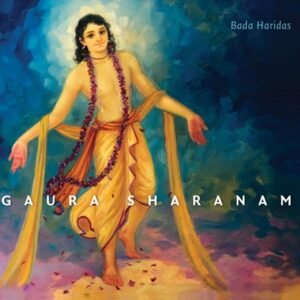 Quick ViewAdd to cart
Quick ViewAdd to cart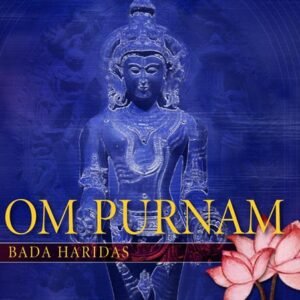 Quick ViewAdd to cart
Quick ViewAdd to cart Quick ViewAdd to cart
Quick ViewAdd to cart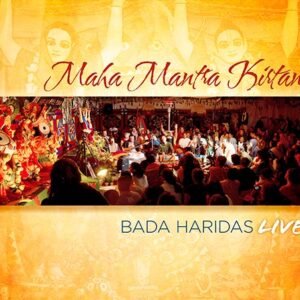 Quick ViewAdd to cart
Quick ViewAdd to cart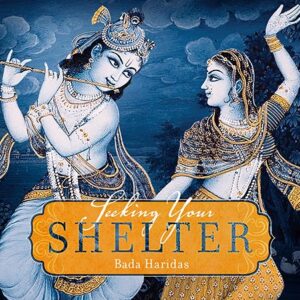 Quick ViewAdd to cart
Quick ViewAdd to cart